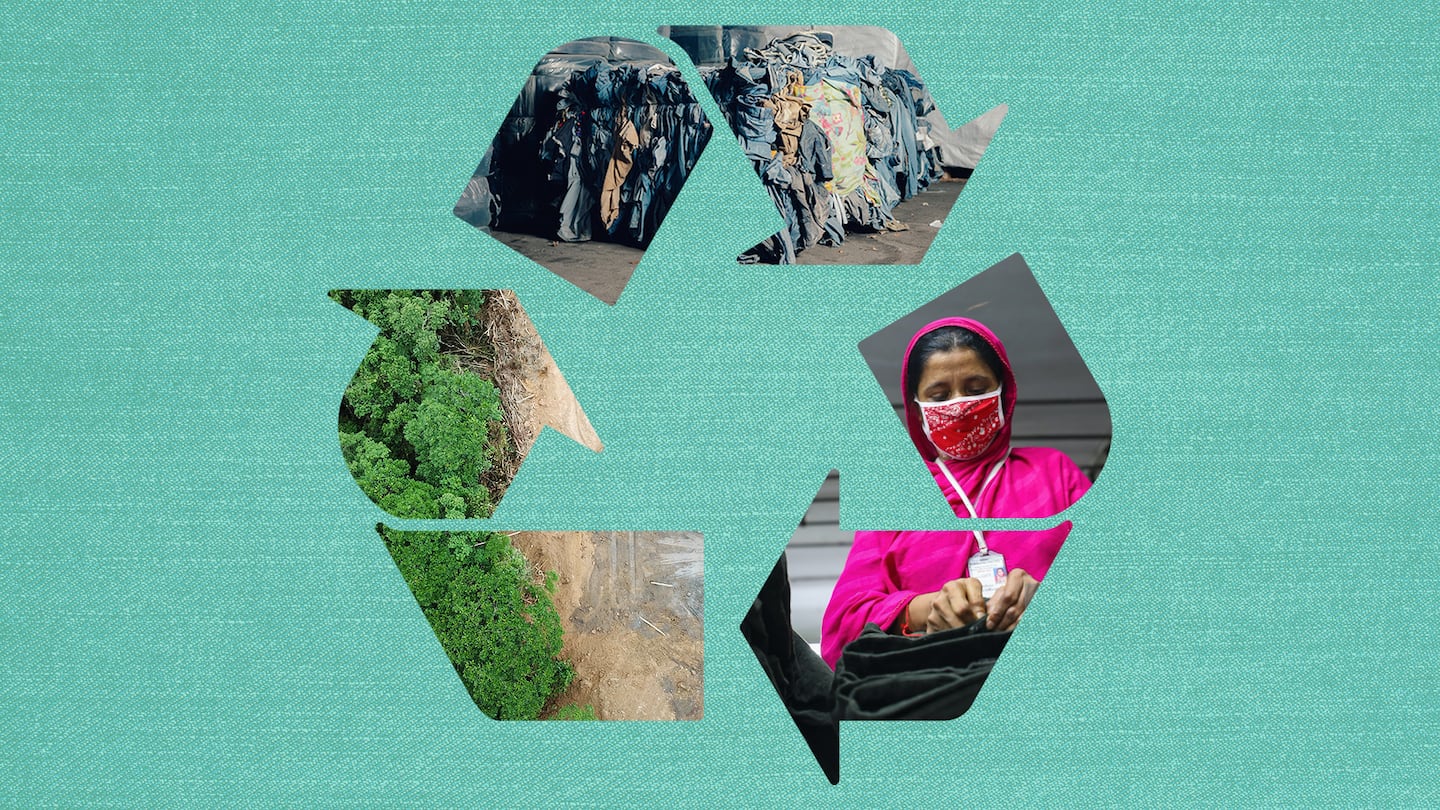
The Business of Fashion
Agenda-setting intelligence, analysis and advice for the global fashion community.

Agenda-setting intelligence, analysis and advice for the global fashion community.

This member-exclusive online learning series will show you how to build a better fashion brand across the value chain, from design decisions to buying and manufacturing, and the key metrics for measuring success.
Masterclass 1 of 5 — The Baseline, with Better Work’s Tara Rangarajan and sustainability consultant Michael Sadowski, hosted by Sarah Kent.
In the first of BoF’s Sustainability Masterclass’, sustainability correspondent Sarah Kent is joined by a host of expert panelists as they lay out the framework for building a responsible fashion business and establish the baseline for responsible and sustainable business practices in fashion.
Learning Outcomes
ADVERTISEMENT
By the end of the session, attendees should be able to:
Guest Speakers
Masterclass 2 of 5 — Designing for Sustainability: Can design and profit align with doing social and environmental good?
Sarah Kent and a host of expert panelists discuss ways to embed sustainable values in the creative process, offering insights to help develop a creative process that is responsible to people and the planet.
Joined by Raeburn and Timberland Creative Director Christopher Raeburn, Cape Town-based sustainable textile designer Sindiso Khumalo and Mother of Pearl Creative Director Amy Powney this masterclass discusses how to design with environmental and social values in mind.
Challenging the current mindset when it comes to designing requires more education. Existing tools to understand and manage fashion’s social and environmental impact should be at the forefront of fashion school curricula. Designers also need to do their own due diligence to understand their supply chains in order to effect change.
Key questions answered
Learning Outcomes
ADVERTISEMENT
Masterclass 3 of 5 — Tracking and Traceability: How and why companies need to get to grips with their supply chain.
In the third instalment of our series on sustainable brand building, learn how and why companies need to get to grips with their supply chain.
Dr Helen Crowley, a senior advisor and fellow at Conservation International, Dio Kurazawa, founding partner at sustainability consultancy The Bear Scouts, and Allbirds Sustainability Manager Hana Kajimura discuss why companies need to be mapping all of their supply chain and measuring impact from farm to recycling facility to build smart strategies for the future.
Key questions answered
Learning Outcomes
Masterclass 4 of 5 — Buying Better, with Marsha Dickson, president and co-founder, Better Buying and Ayesha Barenblat, founder & CEO, Remake.World, hosted by Sarah Kent.
The fourth chapter discusses how companies can improve their buying practices to become more responsible by looking at the importance of purchasing practices and how brands can establish supportive partnerships with their suppliers.
Key questions answered
ADVERTISEMENT
Learning Outcomes
Masterclass 5 — The Case for Culture
The final part of BoF’s masterclass series features Byron & Dexter Peart, founders of Goodee, and Lucy Shea, chief executive of Futerra as they look at the importance of culture, and how companies can make sure their values are embedded in business decisions from the start.
Key questions answered
Learning Outcomes
Europe’s Parliament has signed off rules that will make brands more accountable for what happens in their supply chains, ban products made with forced labour and set new environmental standards for the design and disposal of products.
Fashion’s biggest sustainable cotton certifier said it found no evidence of non-compliance at farms covered by its standard, but acknowledged weaknesses in its monitoring approach.
As they move to protect their intellectual property, big brands are coming into conflict with a growing class of up-and-coming designers working with refashioned designer gear.
The industry needs to ditch its reliance on fossil-fuel-based materials like polyester in order to meet climate targets, according to a new report from Textile Exchange.